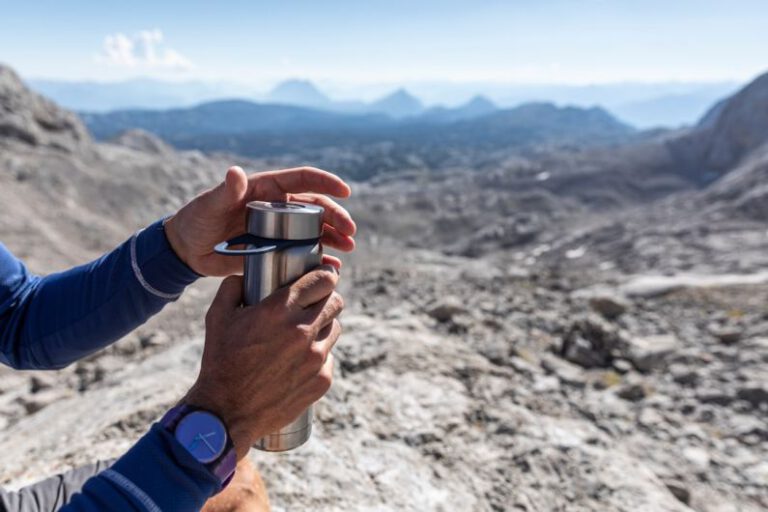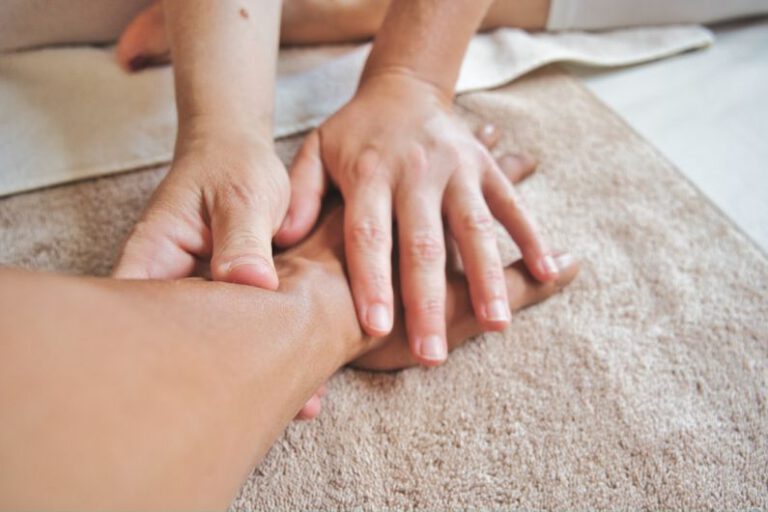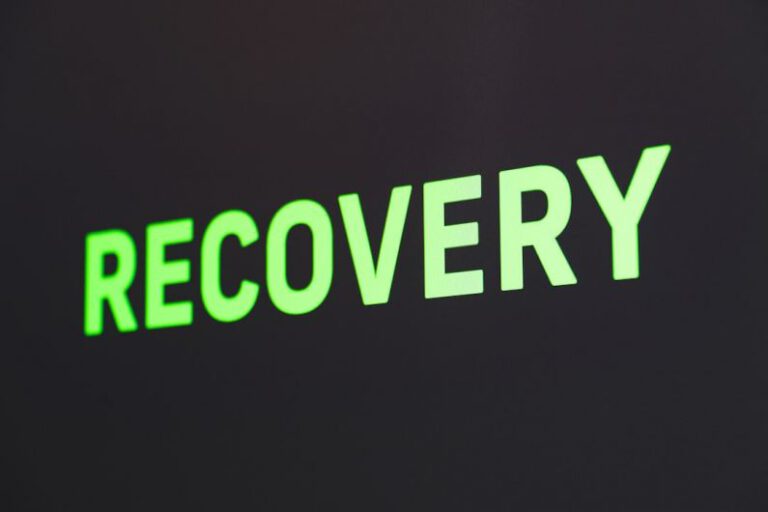Cold Therapy: Does it Work for Recovery?
Athletes and fitness enthusiasts are constantly seeking ways to enhance their recovery process after strenuous exercise or competitions. One method that has gained popularity in recent years is cold therapy. But does this icy approach actually live up to its claims of improving recovery times and reducing muscle soreness? Let’s delve into the science behind cold therapy and explore its potential benefits for recovery.
The Science Behind Cold Therapy
Cold therapy, also known as cryotherapy, involves exposing the body to cold temperatures to promote various physiological responses. This can be achieved through ice baths, cold showers, cryo-chambers, or ice packs applied directly to the skin. The theory behind cold therapy is that the cold temperatures constrict blood vessels, reduce inflammation, and numb nerve endings, which can help alleviate muscle soreness and speed up the recovery process.
Reduced Inflammation and Muscle Soreness
One of the key purported benefits of cold therapy is its ability to reduce inflammation in the body. After intense physical activity, muscles can become inflamed due to microscopic damage caused by the stress of exercise. By applying cold therapy, the vasoconstriction of blood vessels can help limit the extent of inflammation and swelling, potentially leading to faster recovery times.
Furthermore, cold therapy is believed to help decrease muscle soreness by numbing the nerve endings in the affected area. This numbing effect can provide temporary relief from the discomfort associated with muscle soreness, allowing individuals to recover more comfortably and potentially return to their training regimen sooner.
Improved Recovery Times
For athletes and fitness enthusiasts, the speed at which they can recover from intense workouts or competitions is crucial for maintaining peak performance. Cold therapy is thought to expedite the recovery process by promoting vasoconstriction, which can help flush out metabolic waste products that accumulate in the muscles during exercise. This accelerated removal of waste products may contribute to faster recovery times and allow individuals to bounce back more quickly for their next training session.
Enhanced Circulation and Metabolic Rate
In addition to its effects on inflammation and muscle soreness, cold therapy is believed to enhance circulation and metabolic rate in the body. When exposed to cold temperatures, the body works harder to maintain its core temperature, which can lead to an increase in metabolic rate. This boost in metabolism may help individuals burn more calories and potentially aid in weight management.
Furthermore, cold therapy can stimulate vasoconstriction followed by vasodilation, which can promote better circulation throughout the body. Improved circulation is essential for delivering oxygen and nutrients to the muscles, facilitating the repair and rebuilding process that occurs during recovery.
Potential Drawbacks and Considerations
While cold therapy offers several potential benefits for recovery, it is important to consider individual preferences and sensitivities when incorporating this method into a recovery routine. Some individuals may find cold therapy uncomfortable or intolerable, which can hinder its effectiveness. It is crucial to listen to your body and adjust the duration and intensity of cold therapy accordingly to avoid any adverse effects.
Conclusion: Embracing the Chill for Recovery
Cold therapy has emerged as a popular recovery modality among athletes and fitness enthusiasts seeking to optimize their performance and recovery. By leveraging the physiological responses to cold temperatures, individuals may experience reduced inflammation, improved circulation, and faster recovery times. While cold therapy is not a one-size-fits-all solution, incorporating it strategically into a recovery routine may provide benefits for those looking to enhance their post-exercise recovery. So, next time you’re facing muscle soreness or fatigue, consider embracing the chill of cold therapy to support your body’s recovery process.






